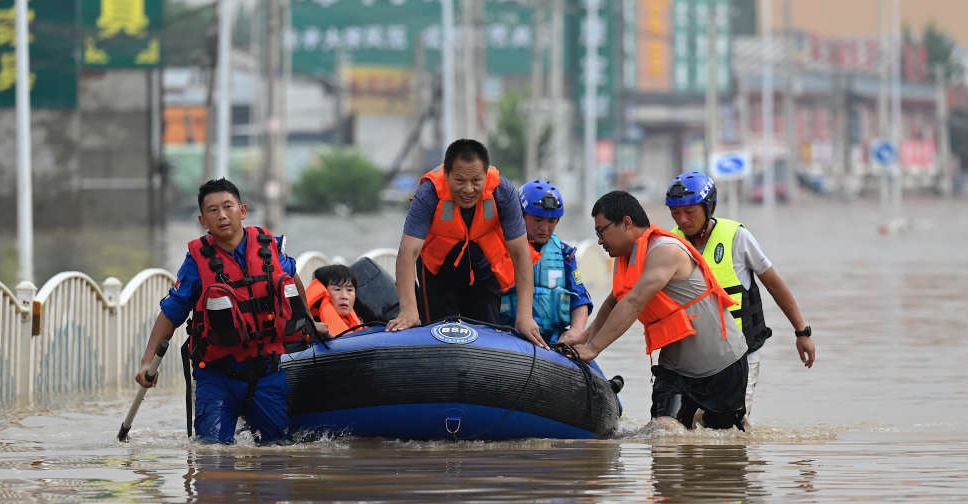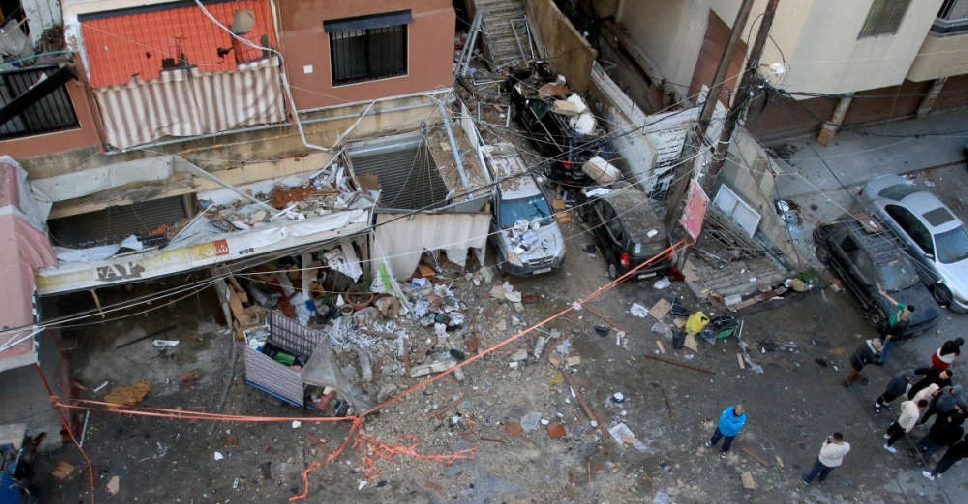
China's disaster-response systems are being put to the test as floodwaters from record rainfall could take weeks to recede with thousands of people still unable to return to their homes, state media reported on Thursday.
Authorities in northern Hebei province raised the natural disaster emergency response level to II from III, while Beijing kept a warning in place for landslides on its outskirts, the state broadcaster and city government said.
The Hai river basin, where five rivers converge in northern China, is going through a "flood evolution process" and flood-control engineering systems are experiencing the "most severe test" since inundations in 1996, state media reported.
Floodwaters could take up to a month to recede in Hebei province, where Zhuozhou is the hardest hit city, a water resources department official told state media. About 100,000 people in the city southwest of Beijing were forced to leave their homes by the rising waters.
The floods have spread since Typhoon Doksuri swept into southern China on Friday. The remnants of the typhoon have started drifting into northeast China after breaking a 140-year rainfall record in Beijing and dumping more than a year's rain in Hebei province earlier this week.
While the rain has eased, scores of reservoirs have been enabled to divert and trap floodwater as it flows downstream, state broadcaster CCTV reported.
China is facing more stormy weather with Typhoon Khanun currently swirling over the East China Sea towards Japan, and forecast to approach China's Zhejiang and Fujian provinces by Friday.
American phonemaker Apple Chief Executive Tim Cook said in a post on popular microblog Weibo that the company will donate to the flood-relief efforts in Beijing and Hebei.



 Trump fires National Security Agency director
Trump fires National Security Agency director
 Israel steps up Syria strikes, says Turkey aims for 'protectorate'
Israel steps up Syria strikes, says Turkey aims for 'protectorate'
 US sending Israel 20,000 assault rifles that Biden delayed
US sending Israel 20,000 assault rifles that Biden delayed
 Israel says it killed a Hamas commander in Lebanon
Israel says it killed a Hamas commander in Lebanon



